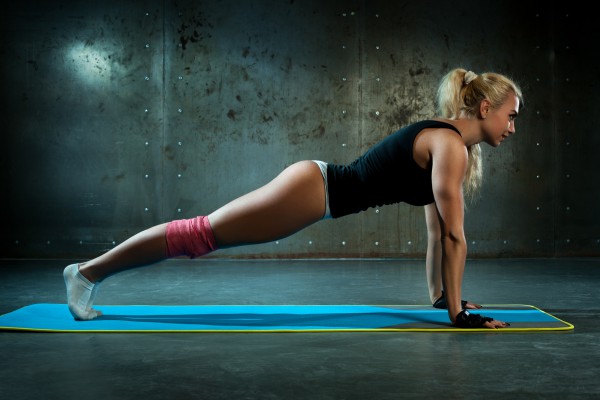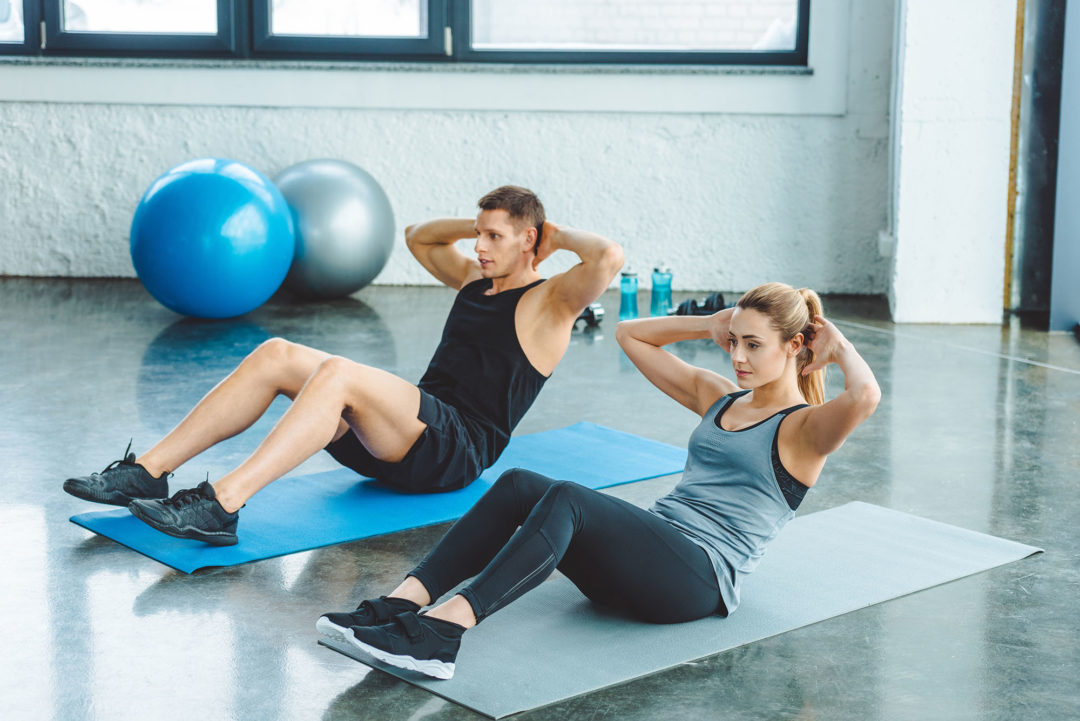
Why you should strengthen your core muscles
Is it hard to do some exercises? Weak core muscles can be the root of the problem. Find out how strengthening your torso can help in and out of the gym!
Most people think of a smooth and sexy six-pack belly when they think of bark. But the term core doesn’t just apply to rock-hard abdominal muscles – it actually describes just about every muscle in your torso. Strong core muscles come in handy for everyone from elite athletes to weekend fighters.
Specialized core workouts are often overlooked or relegated to the end of the workout when strength is running out. But a weak torso does not protect the spine as it should, which increases the risk of injuring the back even when solving the simplest everyday tasks.

Given that many of the daily activities involving flexion and rotation of the spine put you at risk, the little extra effort to build a strong muscle frame will ultimately be rewarded.
More than just six dice
The muscles that surround the spine and abdominal organs are the main players on the core team. But the core doesn’t end at the torso. Many muscles that cross the hip joint – including the abdominal muscles, the gluteus complex, and the pelvic girdle muscles – help the muscles in the upper body to stabilize and protect the spine. The cortex also includes the pelvic floor muscles, transverse abdominal muscles, multifidus muscles, internal and external obliques, rectus abdominis muscles, erector spine muscle, pectoralis major muscle and diaphragm.
Incorporating core exercises into your training program is vital for improving posture, increasing functionality, improving coordination and balance, and reducing the risk of injury. All of the above will harmonize physical development in the context of any training program.
Let’s see how core training can benefit you:
- Improving Posture: Correct posture is essential to avoid back and neck pain, while also reducing the risk of injury.
- Expanding Functionality and Improving Performance: A strong torso helps not only in the gym, but also with daily activities. The importance of your core muscles increases with age, as you become more vulnerable to falls and injuries.
- Improved coordination and balance: Strong core muscles help maintain balance and coordinate movement. In turn, this shortens reaction times and makes you more mobile, which ultimately leads to increased performance and reduced risk of injury.
- Increased spine support and reduced back pain: Those who sit at a desk for long periods of time may unconsciously bend or hunch their backs. Over time, this often leads to chronic back pain. Strengthening the muscles surrounding the spine provides the back with better support and reduces the frequency of spinal pain.
- Reduced Risk of Injury: Improving posture, increased coordination and mobility, increased functionality, and strengthening of the muscles that support the spine all reduce the risk of injury and injury.
If you haven’t already incorporated core work into your training program, place a few of the exercises below in between your regular training sets, or do them all together on a separate workout, 1–2 times per week. Your rep range can change depending on your current fitness level and goals, but if the core hasn’t been your focus lately, start with lower weights and more reps.

Core Exercises
- Plank
- Russian twist (torso turns)
- Bridge
- Good Morning Exercise
- Folding knife in the supine position
- Climber’s stretch
- Pulling the legs to the chest on a fitball
- Gym roller press
- Inclined bench crunches
- Reverse crunches
- Raising legs lying on a horizontal bench
- Raising the legs on an incline bench
- Raising the torso from a prone position
- Hanging leg raises on the bar
- Overhead Squat
- Squats
- Deadlift
- Lunges
To pump up the intensity, simply add a fitball, balance board, or medball. Once you’ve fully mastered the basic movements, put in the weights and give your core a real test of strength!
